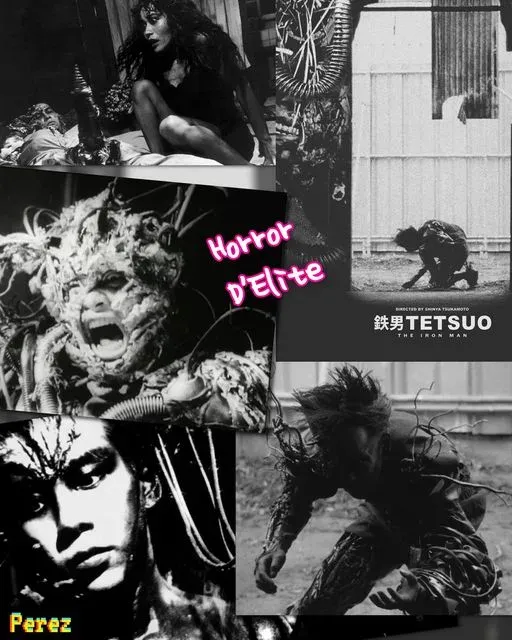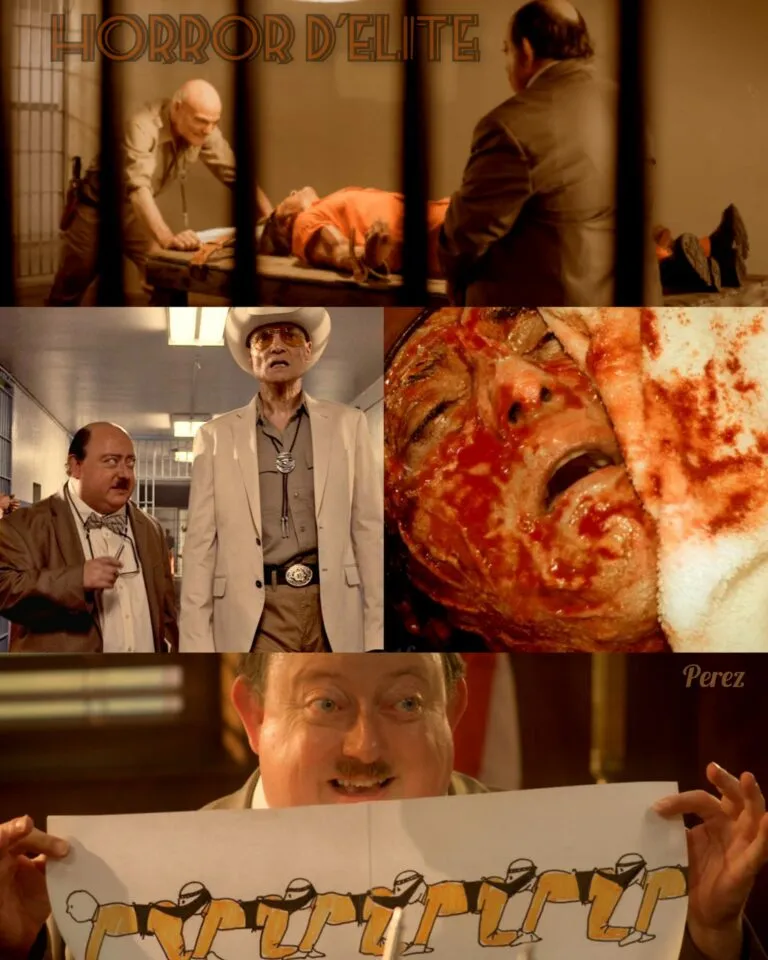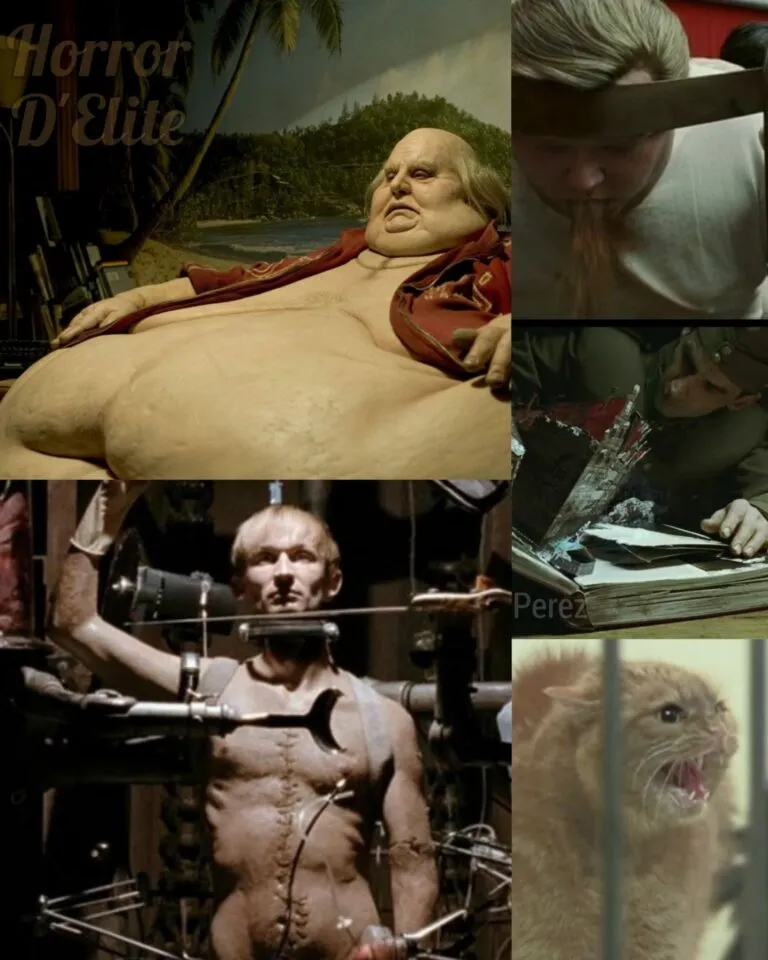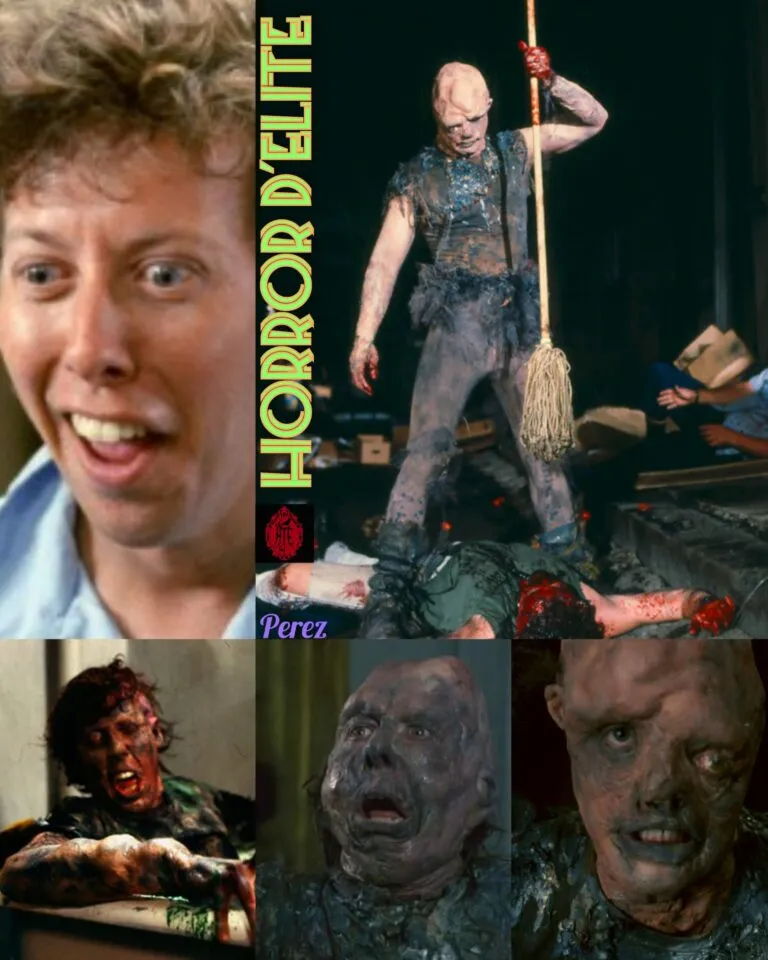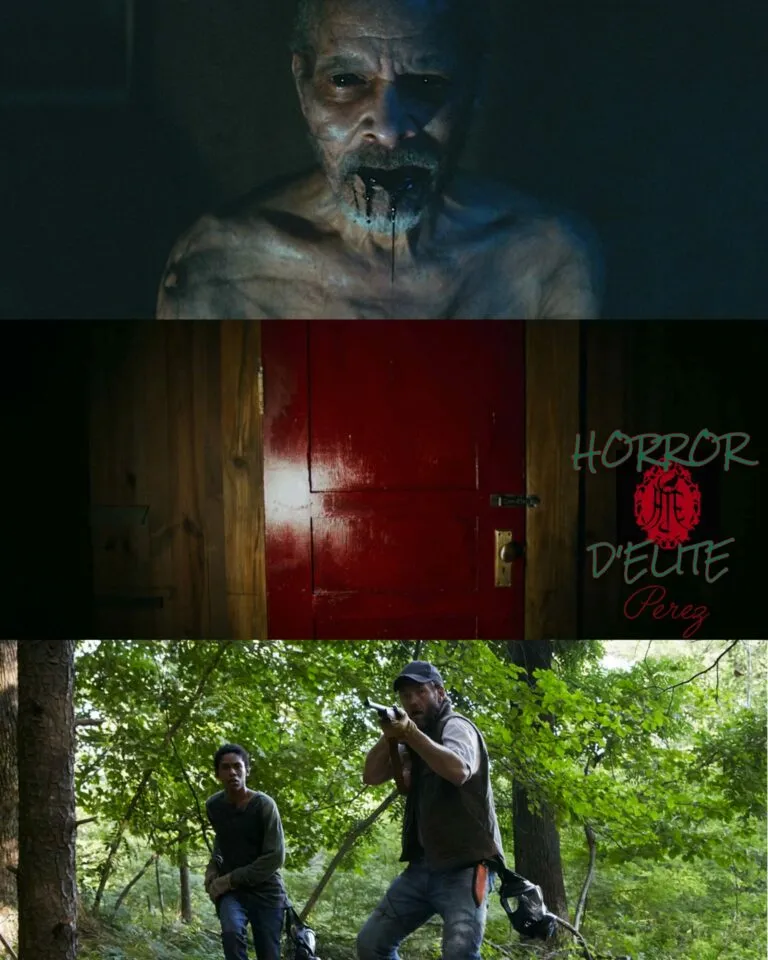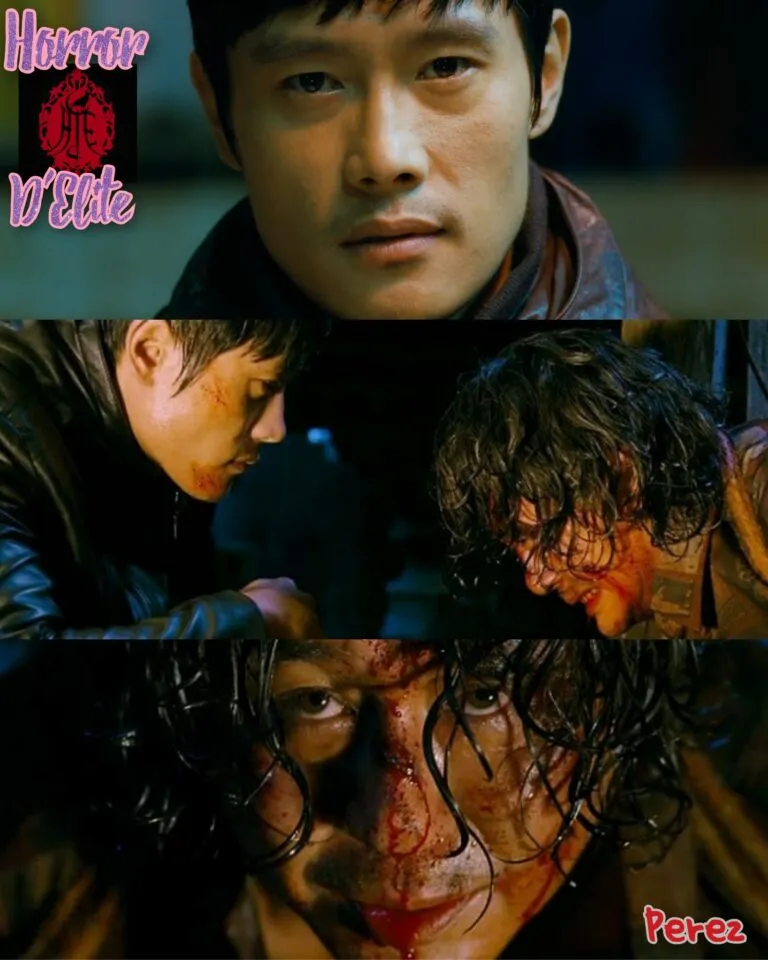Tetsuo (The Iron Man)
Tetsuo (The Iron Man)
Directed by Shin’ya Tsukamoto
Japan 1989
A businessman and his girlfriend are involved in a car accident where they run over a stranger.
After hiding the body, they return home, but from that moment on, the man who was driving starts experiencing visions, nightmares, and, most disturbingly, he begins to see metal parts gradually emerging from his own body.
Tetsuo (The Iron Man) is not only a visionary manifesto of horror cinema blended with cyberpunk culture but also a journey into the deepest layers of the human mind and a sharply defined social context, reflecting Japan’s progressive and futuristic culture and attitudes.
Dialogue is minimal, almost non-existent, as it’s the images that speak: powerful, dreamlike, transgressive, and disturbing.
The pain of the body mutating is palpable:
Flesh merges with metal, produces metal, and is possessed by metal.
The staging is impeccable, technically impressive thanks to perfect stylistic choices such as the black-and-white film, the frequent use of stop motion, and the frenetic energy of the imagery, heightened by close-ups and continuous zoom-ins.
Tsukamoto wears his influences on his sleeve throughout the film: Cronenberg’s body horror, Cameron’s cyborg from Terminator, the use of eroticism and sexuality as a tool of fatal persuasion, the difficulty in accepting change, and man’s relationship with technology. All of this is expressed through a minimalist yet extreme visual language that lasts until the closing credits, accompanied by a stunning and nervously charged soundtrack.
Pan-Demonic Moment
The famous scene where the protagonist’s phallic drill kills his girlfriend during intercourse.

Subscribe to our channel on YouTube
